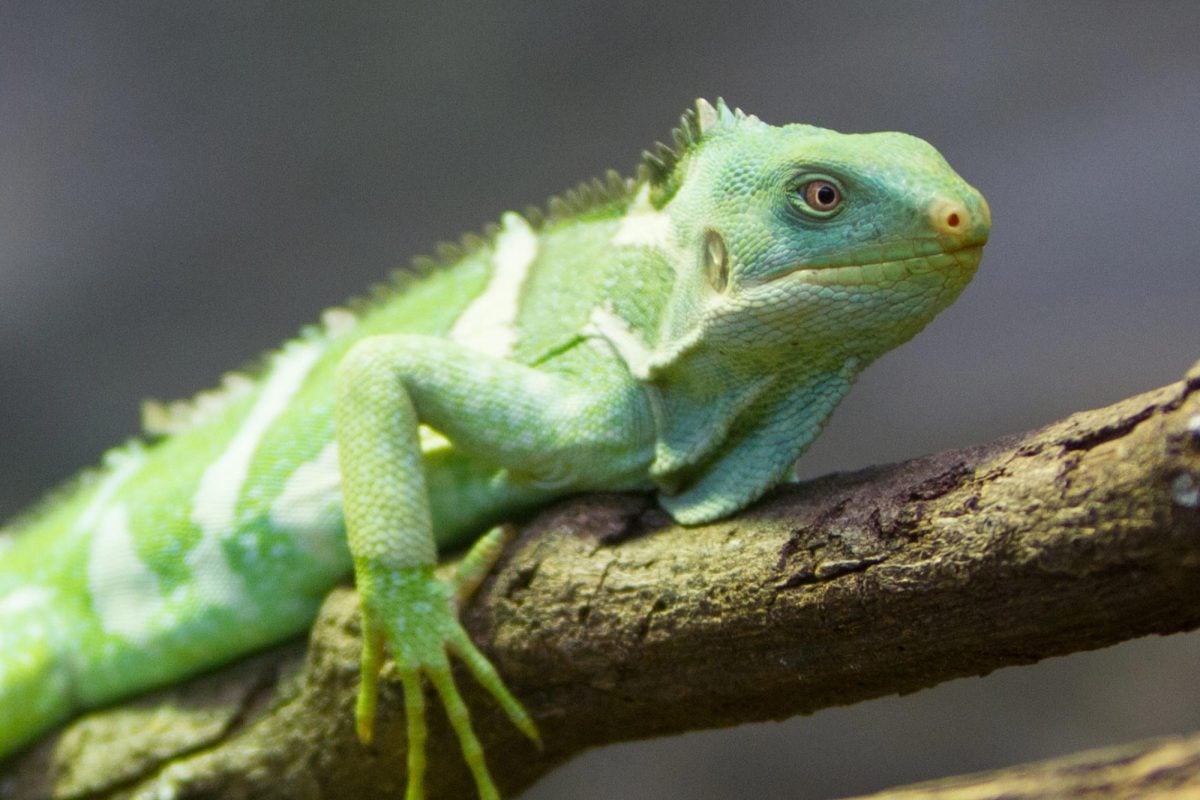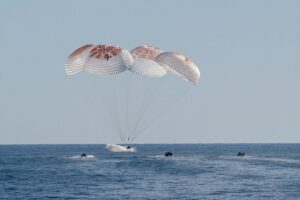Nature is full of incredible survival stories, but few are as astonishing as that of the iguana’s epic 5,000-mile ocean voyage. These resilient reptiles, typically found basking on tropical islands, are not known for their swimming abilities. Yet, through a combination of luck, adaptation, and sheer perseverance, they managed to travel vast distances across open seas, establishing new populations on faraway shores.
The Mystery of the Iguana’s Long-Distance Journey
For years, scientists have speculated how iguanas ended up in places like the Galápagos Islands and the Caribbean, where they are now thriving. Since these remote islands were never connected to the mainland, the only logical explanation is that iguanas traveled across the ocean—but how?
The answer lies in rafting, a rare but powerful natural phenomenon in which animals hitch a ride on floating debris, such as uprooted trees, vegetation mats, or other natural rafts.
Rafting: A Survival Strategy Against the Odds
The idea of reptiles crossing thousands of miles of ocean on floating debris may seem improbable, but numerous events support this theory. Iguanas, along with other species like rodents, spiders, and even small primates, have been known to survive long-distance oceanic travel by clinging to vegetation carried by ocean currents.
Hurricane Power: Storms and hurricanes often rip trees from the shore, sending them adrift in the ocean. In 1995, scientists observed a group of 15 green iguanas that arrived in the Caribbean after being swept out to sea by a hurricane from Central America.
Survival Instincts: Iguanas can slow their metabolism and survive for long periods without food, making them uniquely suited for long journeys across the ocean.
Ocean Currents: Major oceanic currents, like the Gulf Stream and the Equatorial Current, act as highways that push floating debris toward islands. This natural mechanism helps transport species across vast distances.
How Iguanas Adapted to Their New Homes
Once these adventurous reptiles arrived on distant shores, their challenges weren’t over. New climates, predators, and food sources required them to adapt quickly.
Diet Adjustments: Some iguanas evolved to eat new types of vegetation, shifting from a land-based diet to an algae-rich diet in marine environments (as seen in marine iguanas of the Galápagos).
Behavioral Changes: Without natural predators on some islands, iguanas became less wary of threats, changing their defensive behaviors.
Physical Adaptations: Some species developed stronger limbs, better swimming abilities, and darker pigmentation to absorb heat more effectively.
The Impact of Iguanas on Island Ecosystems
Iguanas, like many introduced species, have had both positive and negative effects on island ecosystems.
Ecosystem Balancers: As herbivores, they play a crucial role in controlling plant populations and shaping island vegetation.
Competition with Native Species: In some cases, introduced iguanas outcompete native animals for food, leading to shifts in biodiversity.
Despite these challenges, iguanas have proven to be one of nature’s most adaptable survivors, showcasing how accidental ocean voyages can shape biodiversity in unexpected ways.
Final Thoughts: Nature’s Ultimate Castaways
The story of how iguanas conquered the seas is a testament to nature’s unpredictability and resilience. Their ability to survive, adapt, and thrive after a 5,000-mile journey challenges our understanding of how animals migrate and colonize new lands.
While their epic ocean voyage may have been an accident, the result is clear: iguanas are some of the greatest castaways in the animal kingdom, proving that survival is all about adaptation, even in the most extreme circumstances.
Keywords: iguanas, ocean rafting, island colonization, survival, nature adaptation, reptile migration, Galápagos Islands, ecological impact, evolution, natural selection.

















+ There are no comments
Add yours